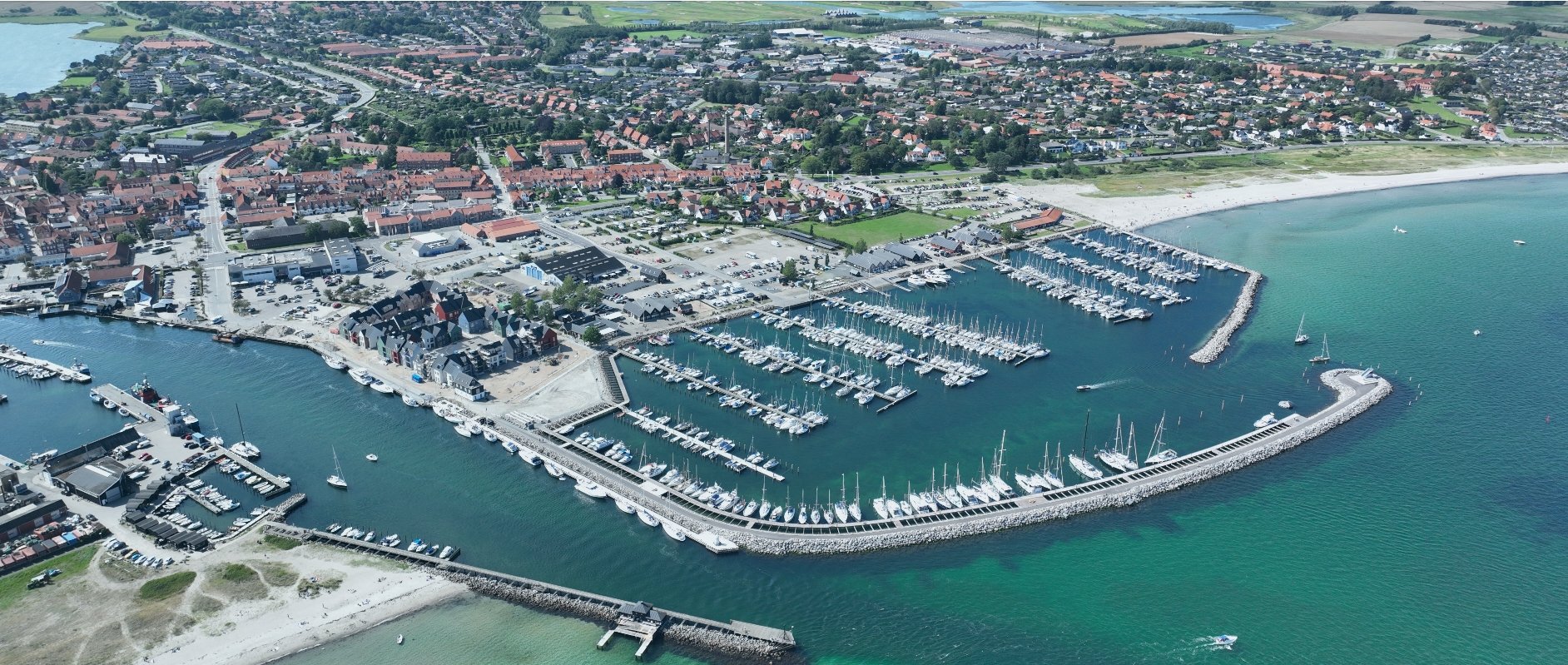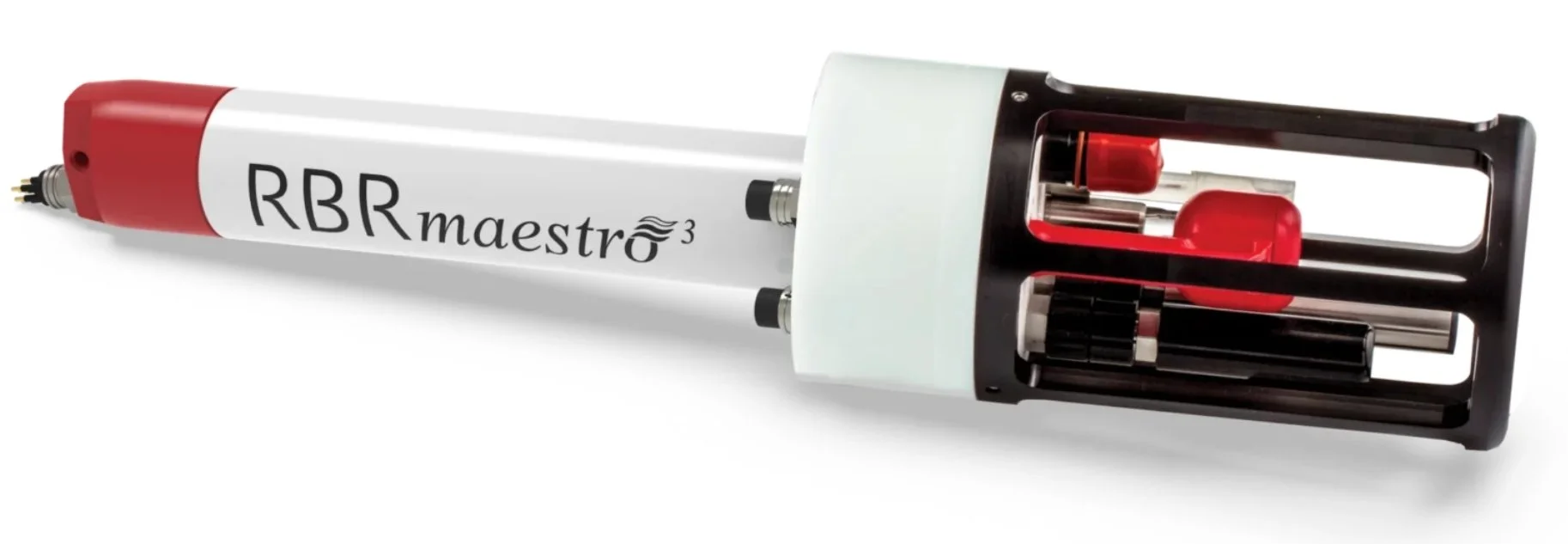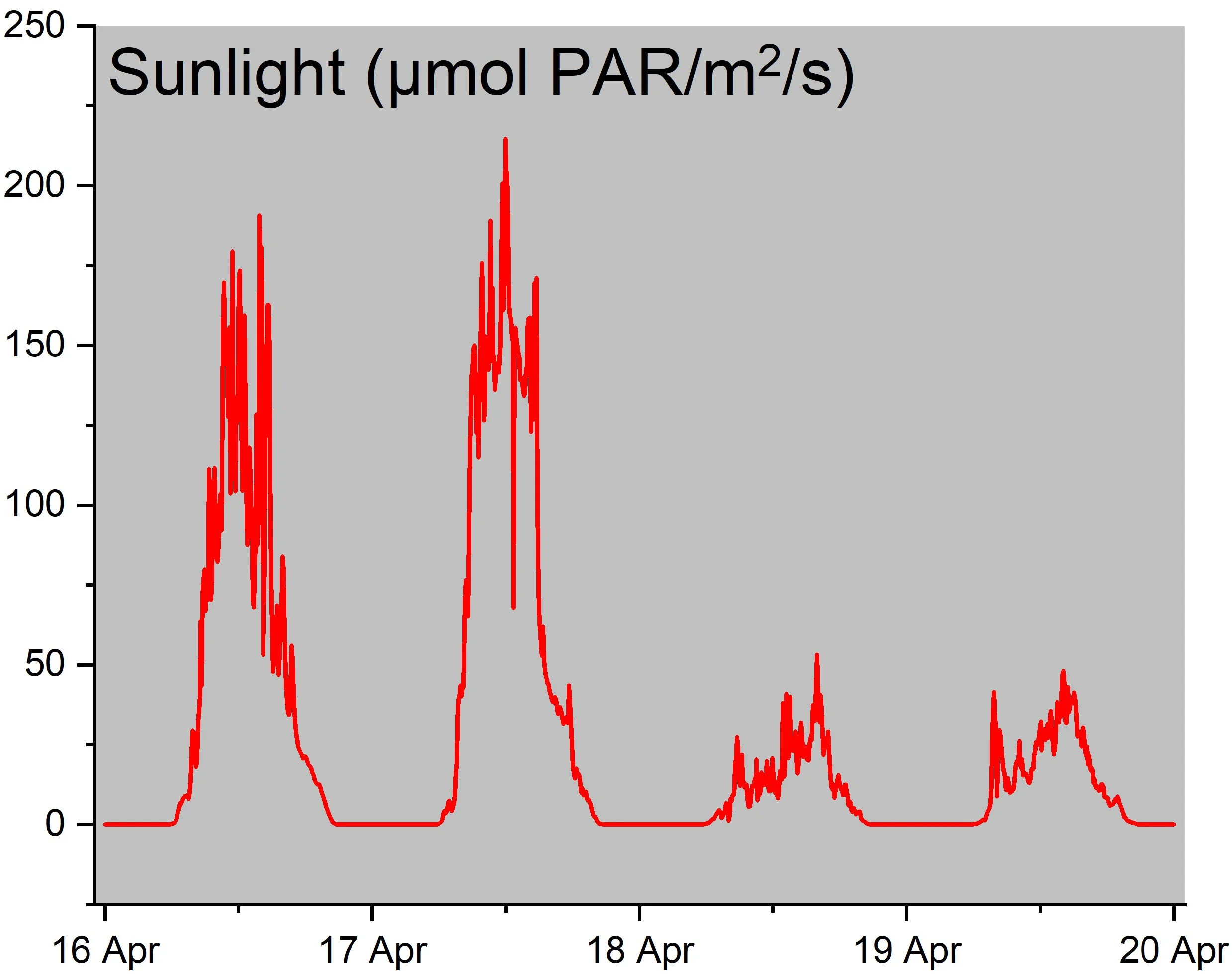
page under construction
Kerteminde Harbour & Marina
What Does the Underwater World Feel Like?
Kerteminde Marina now includes advanced sensors that continuously measure water temperature, salinity, light, and oxygen levels. These data help us understand how conditions change over hours, days, and seasons, and how that affects marine life in and around Kerteminde harbor.
Sunlight Beneath the Surface
Sunlight availability plays a vital role in the underwater ecosystem. It fuels photosynthesis by algae and plants, and shapes how animals see and behave beneath the surface.
This graph shows how much sunlight (PAR) penetrated the ocean surface over four days. The first two days experienced high light levels, while the following two saw a noticeable drop, likely due to changes in cloud cover or weather patterns.
Changing Water Levels in the Harbor
Water depth changes as a regular rise and fall—two high tides and two low tides each day—caused by the gravitational pull of the moon and sun.
Increases in water level also occur due to windy weather or changing air pressure.
Although tides here aren’t as dramatic as in some parts of the world, small shifts in water level can influence marine life, boat access, and even flooding in coastal areas.
Oxygen dynamics
Oxygen levels similarly experience day-night fluctuations. The daily rhythm is driven by photosynthesis, which produces oxygen in sunlight, and respiration, which uses it up- especially at night. Wind and water currents also influence oxygen levels.
If oxygen drops too low (typically less than around 60 µmol per liter), it can lead to hypoxia, making it hard for marine animals and plants to survive. Tracking these daily changes helps us understand environmental health within and around Kerteminde harbor.
Water Temperature
Coastal waters play important roles in weather and climate through absorbing and releasing excess heat. Water temperature shapes the daily rhythms of plants and animals, from growth to movement.
As spring and summer bring warmer water, many marine species become more active. But by keeping an eye on temperature, we can also spot early signs of underwater heatwaves- and better understand how life is being affected below the surface.




